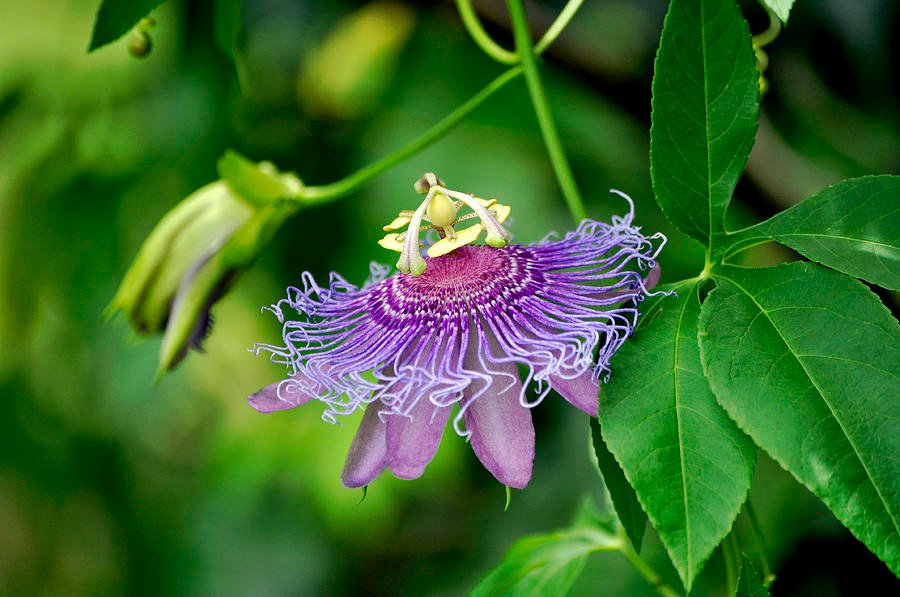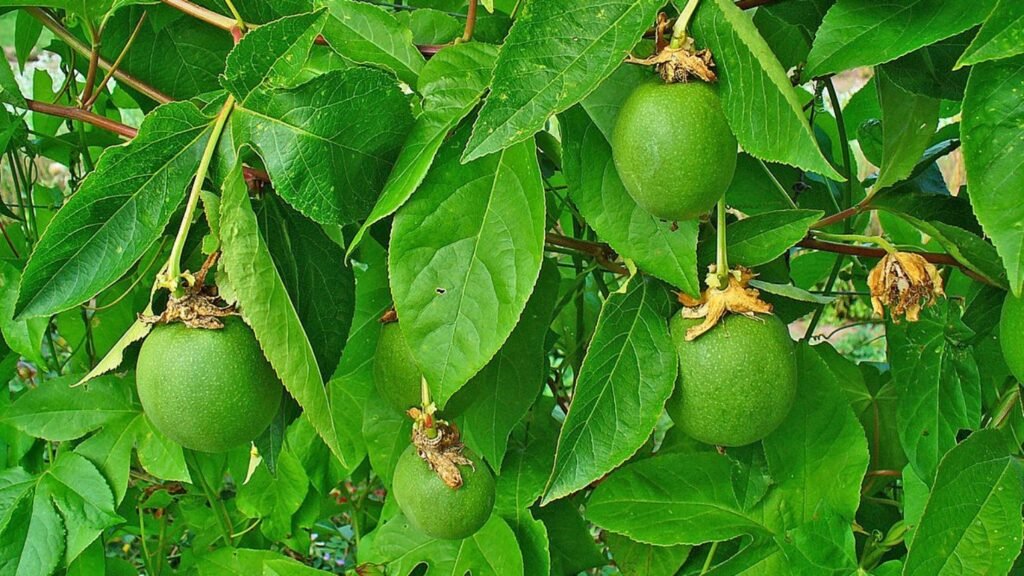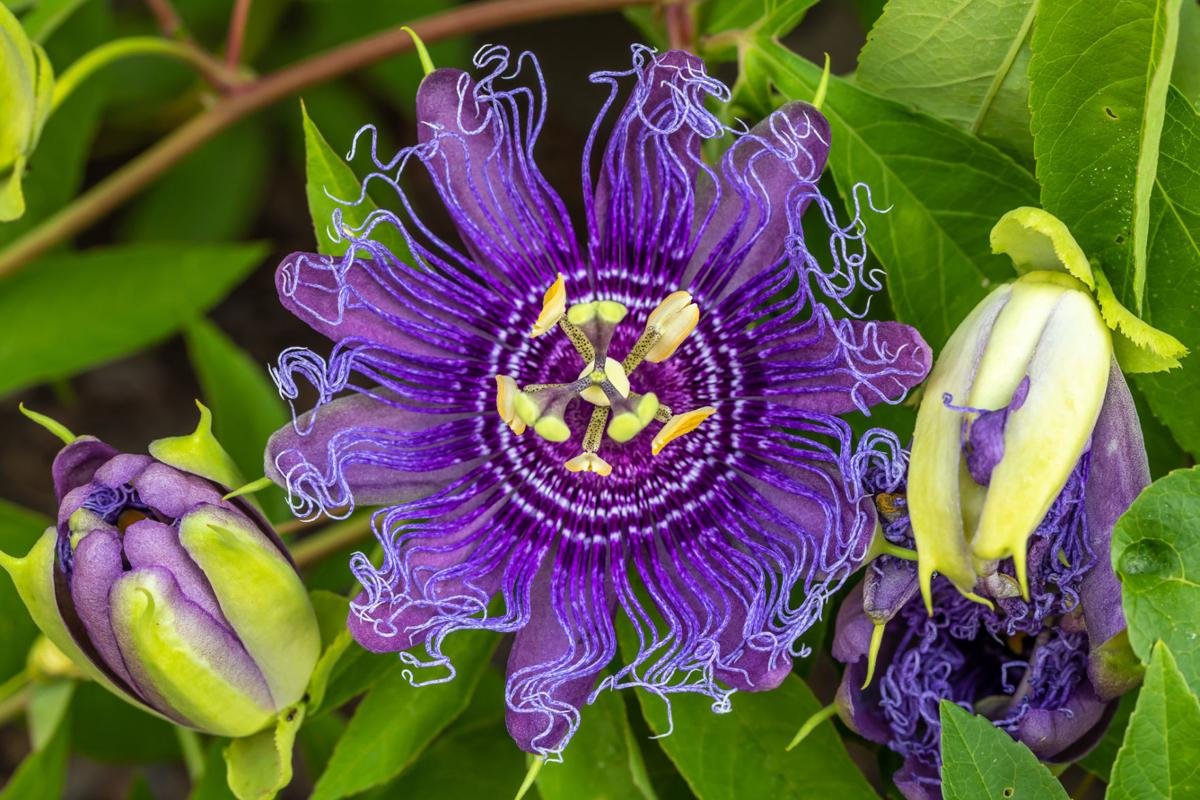This perennial flowering vine is local to Florida, and can be grown easily. Purple passion-flower is an herbaceous vine, up to twenty-five feet. Lengthy, that climbs with axillary tendrils or sprawls alongside the floor. The petals and sepals subtend a fringe of wavy or crimped, hair-like segments. The pistil and stamens are also showy. Three-lobed, deciduous leaves are darkish-inexperienced above and whitish under. The fruit is a big, orange-yellow berry with suitable for eating pulp. Like some different passion vines, Maypop spreads by root suckers.
Description
The terrifi, 3- to 5-inch flowers come in sunshade of lavender or crimson, with a wavy fringe over five petals. The center of the bloom seems like a helipad, with a tiny yellow bean-like pollen sac suspended overhead. Each flower lasts about a day throughout the summer time and early fall. The ovoid, green fruit is edible, if no longer very tasty.
Most passionflowers are vine vegetation, with approximately 500 species and flowers that develop up to six inches throughout. These fantastic, vibrant flora thrive within the tropics and like to climb. They have a tendency to live maximum without problems in zones 7 and up. But a few hardier varieties may additionally tolerate zones as little as five. Many will produce fit to be eaten fruit, and a few cultures even use them to make tea.

How to Plant Purle Passion Flower
Use a well draining soil with an organic mulch with a combination of bark and dead leaves. Once the plants are mature and well established, pruning may be essential to preserve them at their favored length. Remove lifeless foliage on a everyday foundation to help inspire healthy growth. For winters, the floor of the plant will die in frost, however in case you observe a heavy mulch ahead then they’ll get better within the spring. Preferably, you ought to transfer your passionflower interior for the duration of winters if the climate receives too cold in your region.
They like complete sun, and if indoors, place them by a south facing window. During in particular warm months, then can tolerate a few quick afternoon shade. If the leaves appearance dry and brown, then you could up the humidity by way of misting them or experiment by giving and getting rid of shade and wait to look how the plant responds.
For the healthiest increase, they need approximately two deep soakings a week. In brief, that must amount to approximately one to 2 inches with no rain.For most suitable flower increase, use a solid fertilizer with a ratio of two-1-three, four-four-4, 5-7-five. 6-6-6, or someplace alongside the ones decrease numbers with an same balance of phosphorous, nitrogen, and potassium. Start before new growth emerges inside the spring and fertilize every four weeks thru to fall. Only use the advocated dosage, or a mild utility if essential.

Common Problems of The Flower
The passionflower is a fairly carefree plant to develop, but it can turn yellow for a ramification of motives. The warmer and greater humid the climate, the extra pests there can be to attack your passionflower flowers, consisting of scale, spider mites, and whiteflies. Leaf spot is every other ability issue and is commonly as a result of a fungal ailment. To rid your plant of it, eliminate affected leaves to slow the spread and treat the plant with a fungicide if important. Root rot is also common in soils that do not drain well.

